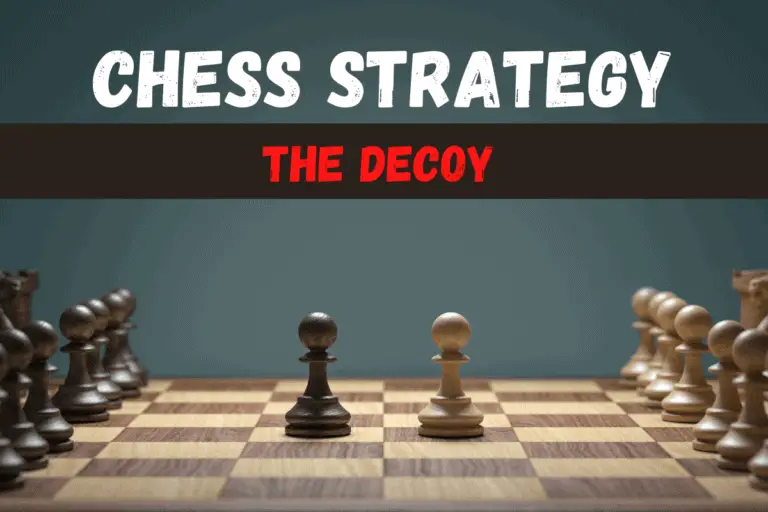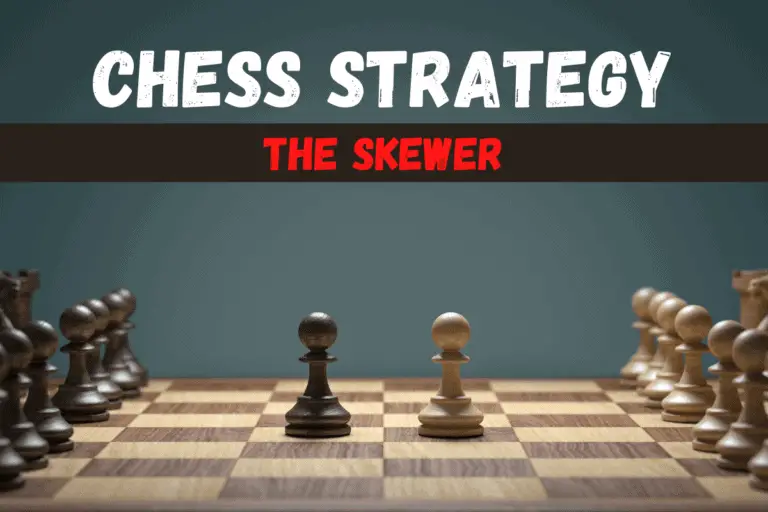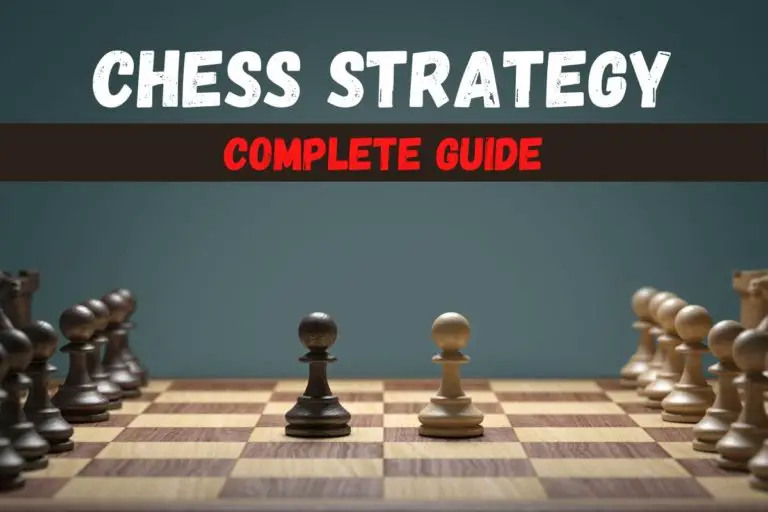Chess Fork (How to set Up, Play and Avoid): Chess Strategy
⭐⭐⭐ Take 8 minutes to read and improve your chess game ➡️ : This article was first published on, and is Copyright of Chessquestions.com
One of the most important aspects of chess is the fork. For the attacker, it can swing change in a game of chess. If you are on the receiving end, it could signal a forthcoming checkmate. It is not a complicated aspect of chess strategy but what is a fork in chess and how can you use it?
A fork in chess occurs when one piece attacks two or more pieces at once. The player who makes this move will be able to capture at least one of them. The perfect fork will be when a successful capture then takes place without putting the attacking piece en prise.
To completely cover the chess fork, I will start with an example, so you can visually see what the fork looks like in practice. once you see the power of the fork, I am sure you will soon want to start playing it, so I will look at the set up. And of course, you don’t want to be on the receiving end of a fork attack, so I will provide some tips on how to avoid the fork in chess too.
What is the best chess piece for forking?
The best chess piece to use for the fork is a Knight due to the versatility of its unique movement on the board. It is also possible to attack even more than 2 pieces with the Knight, something that would very rarely ever be able to happen from another attacking piece. It is also the best single piece to attempt the Royal fork.
With that in mind and the connotation that we are attacking a powerful piece, let’s find out what a royal fork is.
The Royal fork is a position in chess where both the King and Queen are under attack by a single piece of the opposing side. A check position is gained on the king, which in most cases leads to the loss of the queen. It is the highest material gaining fork possible in the game of chess.
In most cases, a successful set up and execution of a Royal fork preceeds a checkmate position and victory soon after.
6 Types of Forks in Chess
Before we go about setting up our fork, we have to understand which pieces can be used to fork in chess
You can perform the fork in chess with any piece, and this includes the king in certain circumstances. Central Pawns can fork but often without avoiding en prise, A bishop can fork diagonally, Rooks Horizontally and vertically, and a Queen, being the most powerful can fork in any direction.
Forking Pieces
So now we have found out that all material can attack enemy pieces, let’s take a look at how they do it
1. Pawn Forks – Can you fork with a Pawn?
Yes, you can. But it is not the most common way to do so because a Pawn cannot move backward, only forwards in one turn as they are restricted by their file (rank) and they also only capture diagonally. It is easy to place a pawn in a forking position, but they could not attack, the queen or bishops which also have diagonal moves in the bag unless the attacking square was defended by another piece which could result in a material gain exchange.
2. Rook Forks – Can you fork with a Rook?
A Rook is a good piece to execute a fork in chess because of its range. Moving horizontally and vertically it can split a rank or file and attack two enemy pieces simultaneously. A rook chess fork will almost always result in material gain. Even better in the end game and a check position.
3. Knight Forks – Can you fork with a Knight?
The Knight fork is arguably the best fork move in chess. Because of the unique ability the knight has with its movement, it is able to get in and out of attacking positions like the fork with ease, whilst gaining enemy material. Do not underestimate the power of the knight fork in unbeatable chess stratagies.
4. Bishop Forks – Can you fork with a Bishop?
The bishop performs its fork moves on the diagonal and is benefitted by its range of movement on them. Attacking two pieces on the same diagonal is possible, as is find an attacking square that splits into separate diagonals for perhaps the closest representation of a fork. Forking more than two pieces is possible but unlikely.
5. Queen Forks – Can you Fork with a Queen
You can fork with a queen easily because of her power of movement, however, unless able to do so without putting the queen en prise, it is not recommended. The potential material loss would be too great unless she could occupy a square that has not threat whilst forking
The Queen is a powerful piece and should not be wasted on forking unless it can do so without being in danger. It’s better to use the queen as an attacking weapon, or defending against attacks from other pieces than using her power of movement solely towards forks because she has more important duties elsewhere that need doing too!
6. King Forks – Can you fork with the King?
The almighty King can even fork and attack to pieces at the same time. Of course opportunities are limited and positions dictated by circumstance as the king can not place itself in a check position to execute the fork. Forks with the King are rare.
Recognizing and Setting up the Fork
The most important aspect of setting up the fork is understanding when the opportunity has presented itself. A particular formation (there are hundreds of possible permutations) will have presented itself, you just have to spot it and force the move.
The perfect example of a really powerful fork, and in fact a double fork attack is available at chess.com – Rather than replicate it, this screenshot will show you the position, and you can head over the chess.com lessons to learn more and try the move out for yourself.
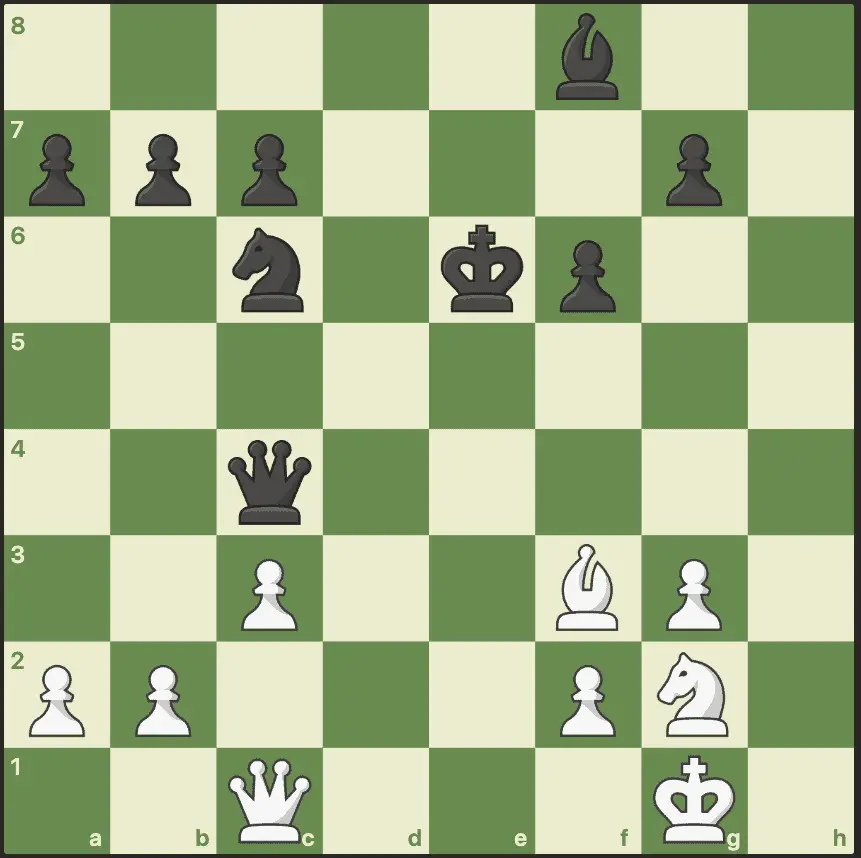
The premise here is to gain the royal fork and win the enemy queen. The move is not obvious at first as we can see that the bishop can indeed fork the King and Queen.
Placing the Bishop between the Queen and King on the diagonal and gaining check (bd5#), The opponent has more than one option. But whichever they choose, the black queen will be lost.
- #1 Black King Move out of Check – Queen Captured
- #2 Black Queen Captures Bishop – there is another fork waiting
- #3 Black King Captures Bishop – there is another fork waiting
Outcome #1 above is great, we have gained a queen capture at no material cost and would be the best possible result as we do not lose a white piece.
But what if Black captures the Bishop, what happens then? How have we forced the capture of the black queen?
Here is where the light fork comes into play. Note the Knight on g2
He now has the option of moving to either e3 if the King captured the bishop, or f4 if the queen captured to play to royal fork and ensure capture of the opposing queen.
It is true that the knight will most likely be lost in this case, but you will have sacrificed a knight and a bishop for the enemy queen, and still retain yours to go to war with just an enemy bishop
How to Play the Fork
Let’s take a look at how the fork works with various pieces on the board.
How to fork with a Pawn
A pawn can only fork two enemy pieces that are positioned on the same rank and with a square [occupied or unoccupied] between them by moving to the center square on the rank immediately in front of the enemy pieces. A great move if the pawns’ square is defended.
A fork with a pawn can be really good, as it will force your opponent to do something. If the pawn is not en prise, it’s a great exchange if the enemy has to give up even a minor piece
How to fork with a Rook
You can fork with a rook in chess on ranks or files by taking a position on either where an opponent has pieces, preferably not another rook or the queen on the same line. As with all fork moves, it becomes stronger if the square being used for the fork is defended by another piece of material.
How to fork with a Knight
Look for opponents’ material occupying the same colored square with two pieces that would be in range of the next knight move. The knight fork is often the most powerful fork possible in a game of chess.
How to fork with a Bishop
Requiring the target pieces to be on the same color squares, the diagonally moving bishop will need to be positioned between two enemy pieces on a diagonal line, or in range of two on separate lines from the square the bishop occupies for the fork maneuver.
How to fork with a Queen
Unless there is no threat of losing the queen in a fork move, try to avoid using the queen in this scenario. Only use the queen in a fork move is there is zero chance of being captured and look out for a counter-fork on the queen after.
How to Avoid the Fork
So now we have discovered how powerful forking can be in chess, and whilst I am sure you can’t wait to get to a board and game to put into practice what you have learned, we should also ensure we are completely aware of the dangers of being on the receiving end of a good forking!
Quite often, the problem with defending forks in chess is that by the time you realize you are being attacked it is too late. So what is the best way to avoid the fork in chess?
A good approach to avoid a fork is to try to keep your highest value material on different color squares, as the knight will only be able to attack 2 black or 2 white squares simultaneously. If the King and Queen are on different Squares, they can not be forked by knights.
Quick Questions and Answers on forking in chess
- What is Royal Fork attack in chess ?
A Royal Fork is when the King and Queen are attacked by a knight. It can be defended against with careful play, but if you don
- How can knight forks be avoided?
A good approach to avoid a fork is try to keep your highest value material on different color squares, as the knight will only be able to attack a single color
- How do you set up forks in chess?
A fork can be set up by placing a piece in between two enemy pieces. The most common way to do this is with the knight.
- What does forking mean in chess?
Forking is when a piece attacks two squares at the same time.
- How do you stop a fork in chess?
It is not easy to stop a fork in chess, but considering both your positions and why you opponent might be moving certain pieces will help

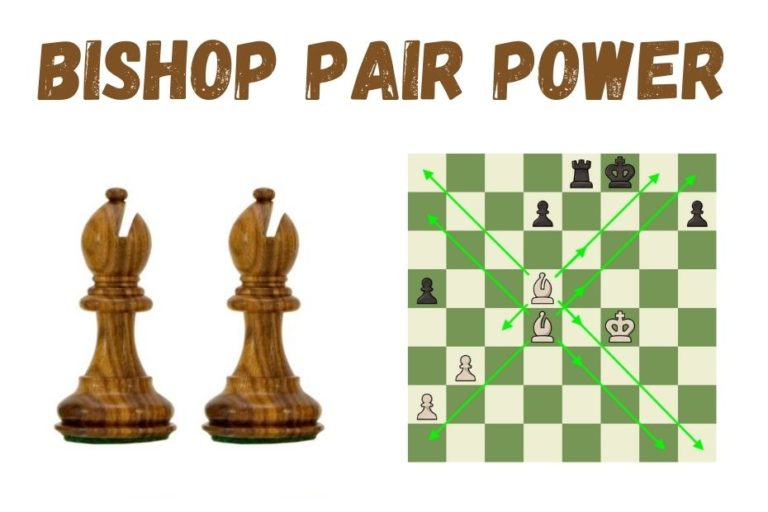
![When to Fianchetto in Chess [Strategy]](https://chessquestions.com/wp-content/uploads/2021/03/fianchetto-featured-image-768x512.png)
